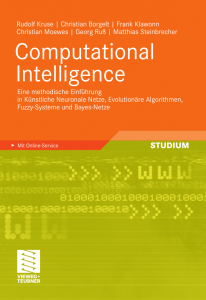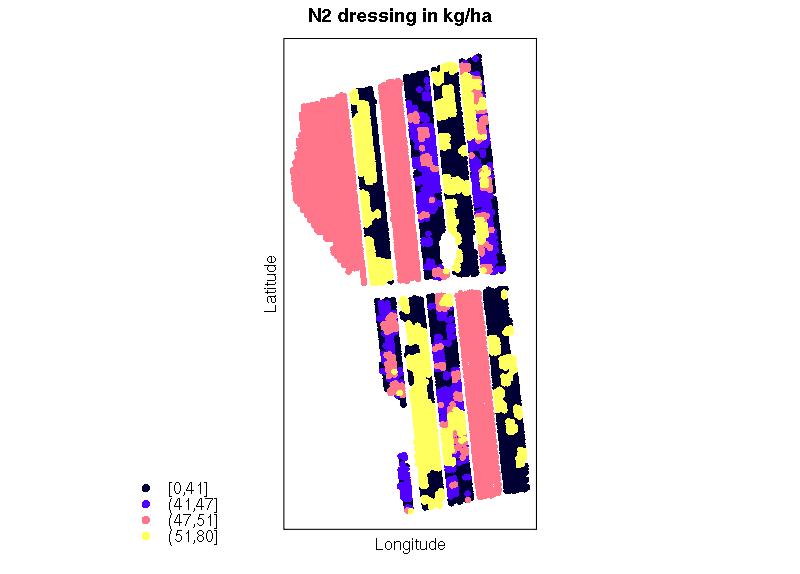The following is a link to the R scripts which generate the figures used in the ICDM’2010 (to-be-reviewed) paper. The functions for computing the root mean squared error are in 20-*R and 21-*R, where the first is for the non-spatial case and the second is for the spatial analysis, including clustering (which is a one-liner in R, just as many other things). The relevant functions are NonSpatialRegression() and spatialPredictionWithClustering(). The scripts might not be of much use without the data sets, but they may be tailored easily to other data sets. Should you have questions, feel free to drop me a few lines, I’m happy to answer. You might also consider participating in my workshop on Data Mining in Agriculture (DMA’2010).
Link: Rscripts-icdm2010.tar

